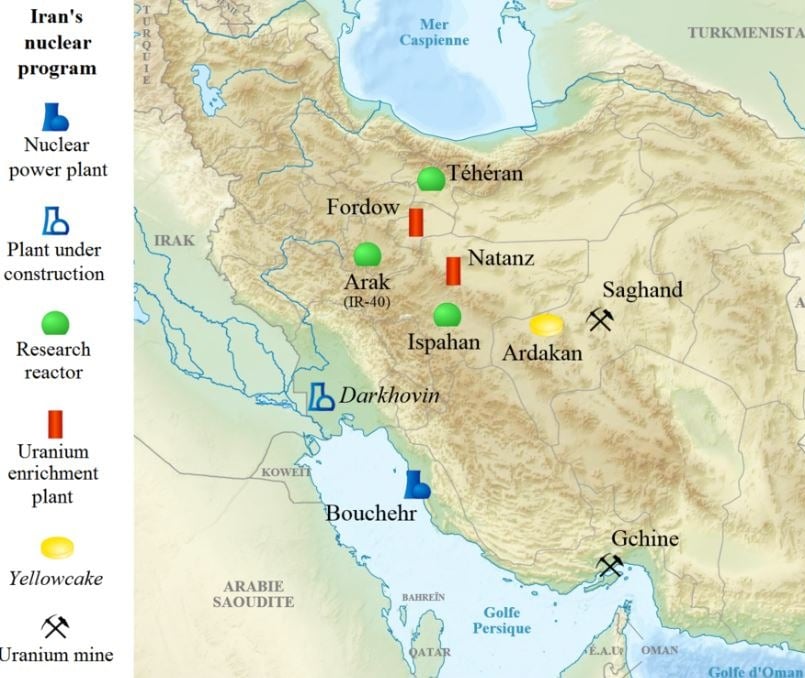Is Iran's Nuclear Program Under Fire?
Explosions have been reported in the past few minutes, roughly 21:00 18APR2024 EST near the cities of Ispahan and Natanz in the center of Iran.
4/19/20242 min read


Explosions have been reported in the past few minutes, roughly 21:00 18APR2024 EST near the cities of Ispahan and Natanz in the center of Iran.
4/19/20242 min read


